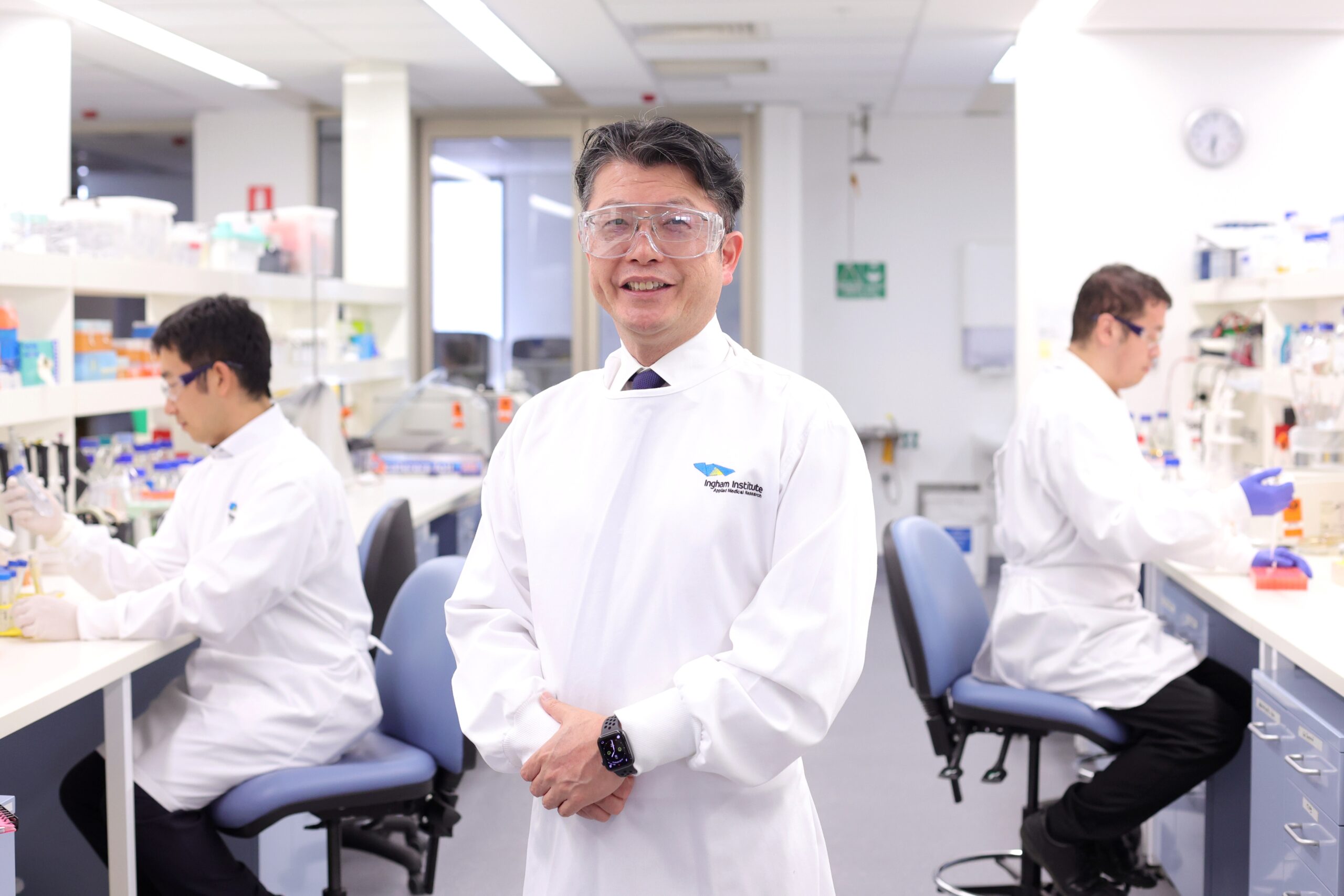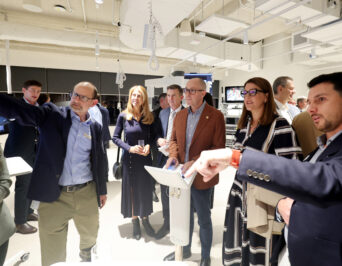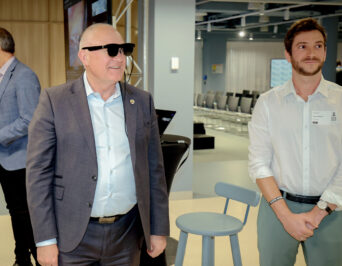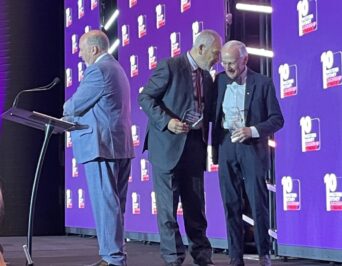
Research lead: Kaz Negishi
Research team: Kaz Negishi, Koya Ozawa, Yosuke Kayayama, Tomoko Negishi, Prakash Dhopte
Research area: Cardiovascular
Name of Project:
The REDUCE Trial — Revolutionising Heart attack pathways with ultrasound and contrast agent
What was the health problem that led you to carry out your research?
- Heart disease is the leading cause of death in NSW.
- While 87% of people survive heart attack, current treatments only save 50% of the damaged heart muscle.
- Stenting – the current standard-of-care for heart attack in Australia – does not prevent the persistent blocking of micro-vessels and to date, no alternative intervention has done so.
- Sufferers have an increased risk of rehospitalisation, with a 30 day readmission rate of 11-14% — resulting in burden on the healthcare system and higher costs for rehospitalisation.
- They have an increased dependence on daily medications and a decrease in quality of life.
- There is also an equity of access issue. Heart attack patients in rural and remote areas face longer waits for stenting – which leads to poorer outcomes given the time criticality of heart attack treatment.
How was the work unique or pioneering?
The REDUCE (Restoring microvascular circulation with diagnostic ultrasound and contrast agent) trial tested if an innovative intervention called sonothrombolysis could save heart muscle when you most need it. Sonothrombolysis is a therapeutic use of ultrasound with contrast enhancement that may improve microcirculation and reduce tissue death.
The multi- in-hospital pilot study was conducted in four hospitals in NSW, including Liverpool Hospital. It found that ultrasound treatment salvages 30% more heart muscle (from 50% to 80%). It also means that treatment in the future can be administered earlier (from an ambulance) and in remote and regional areas, as well as resulting in less chest pain and overall improved quality of life post heart attack.




